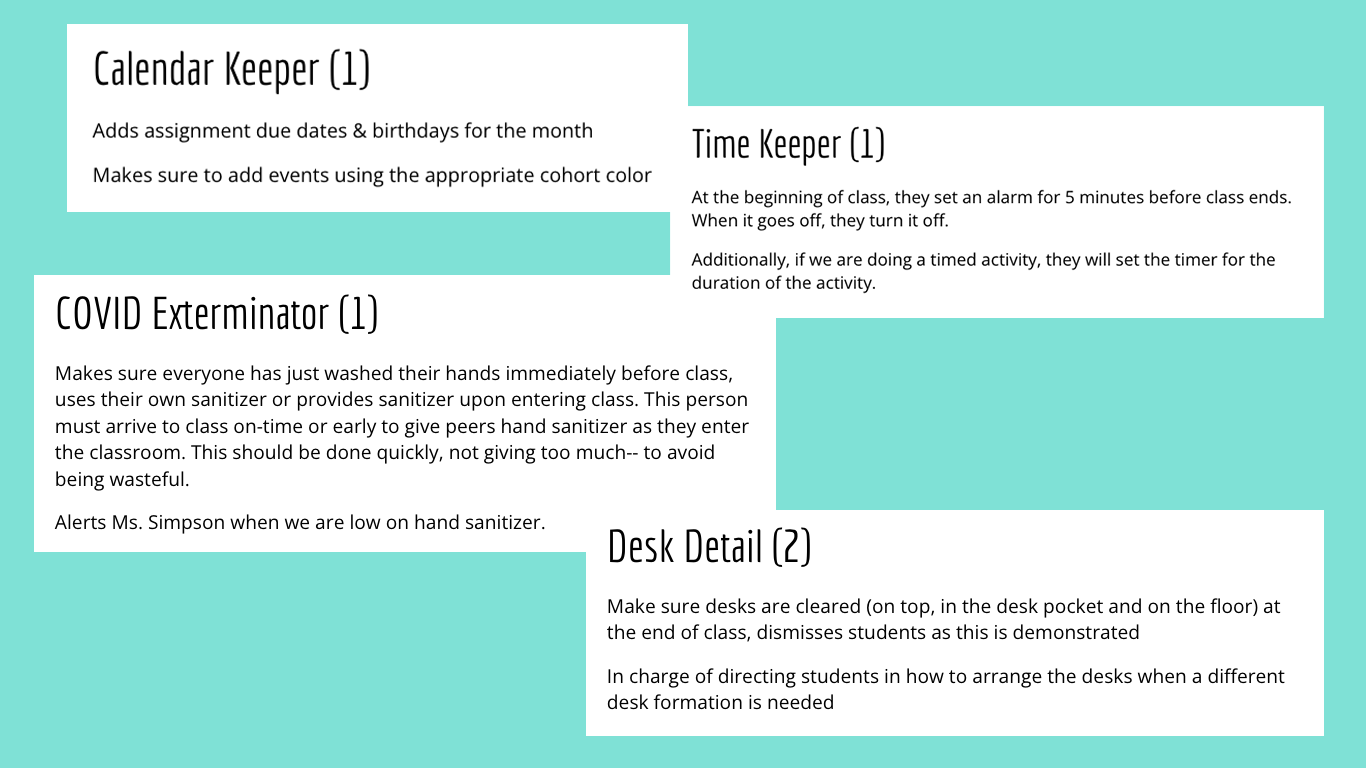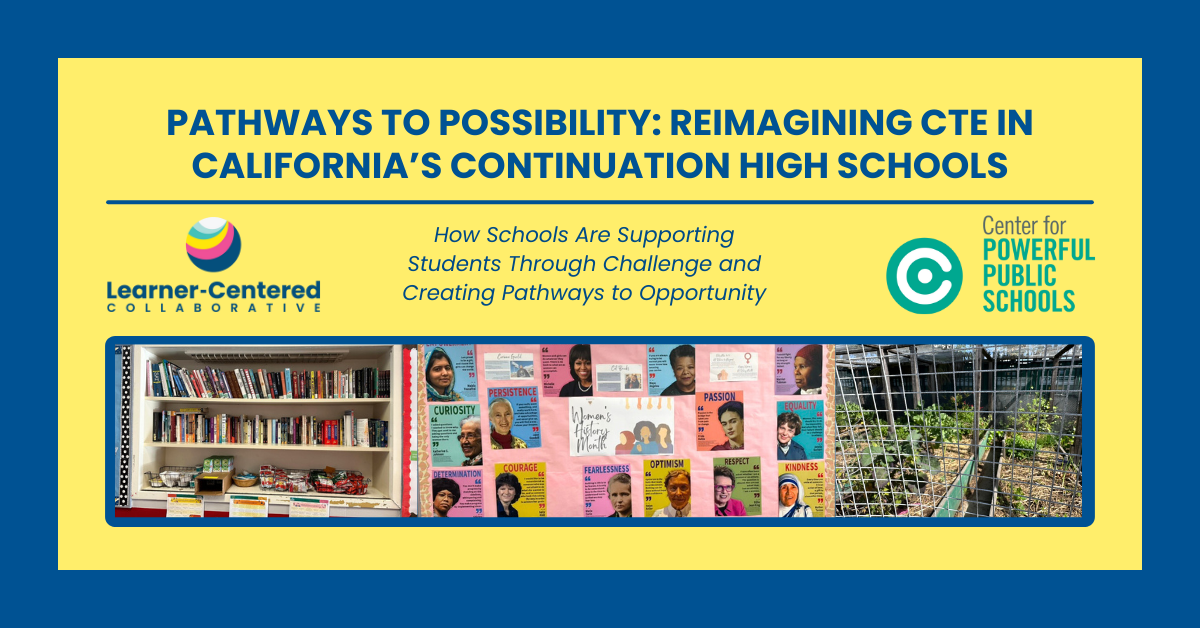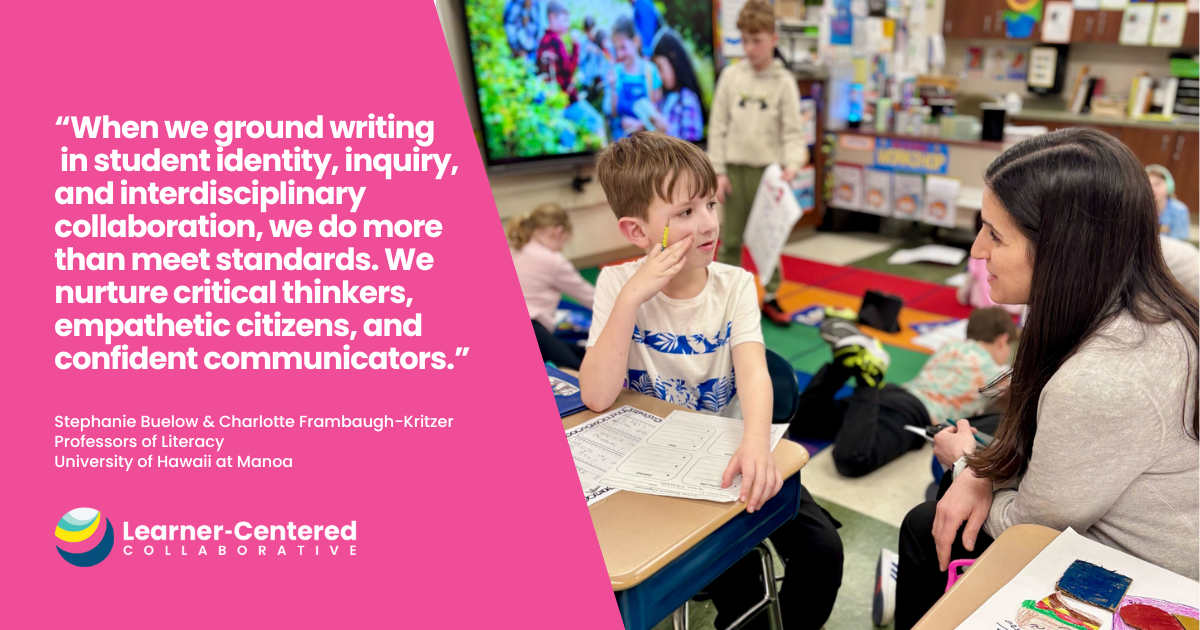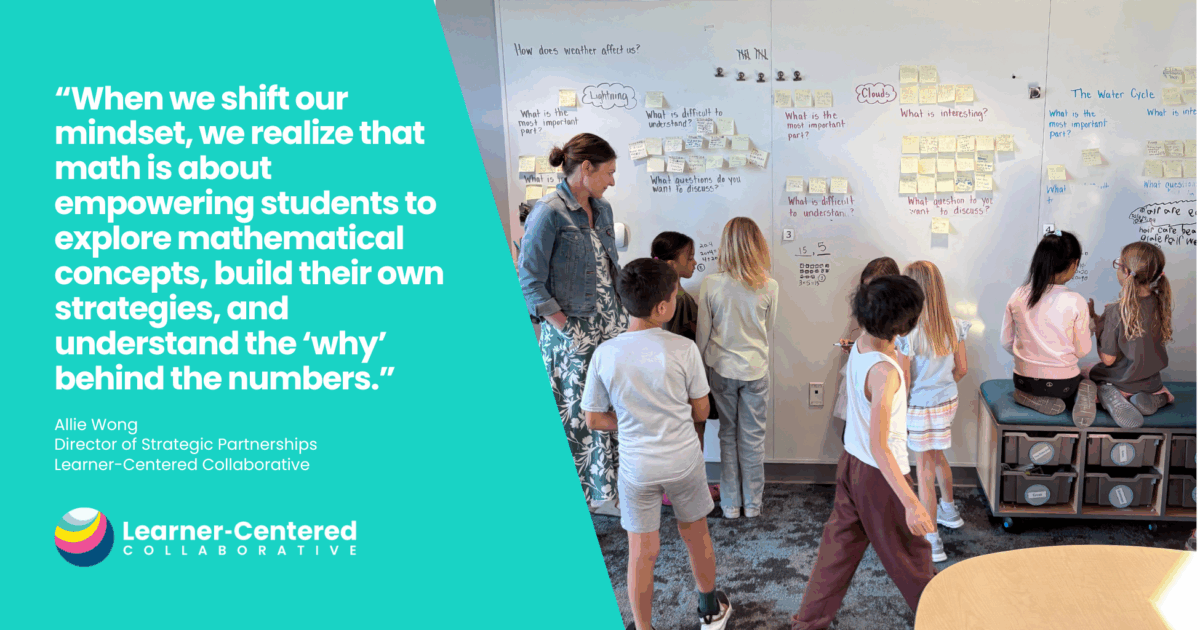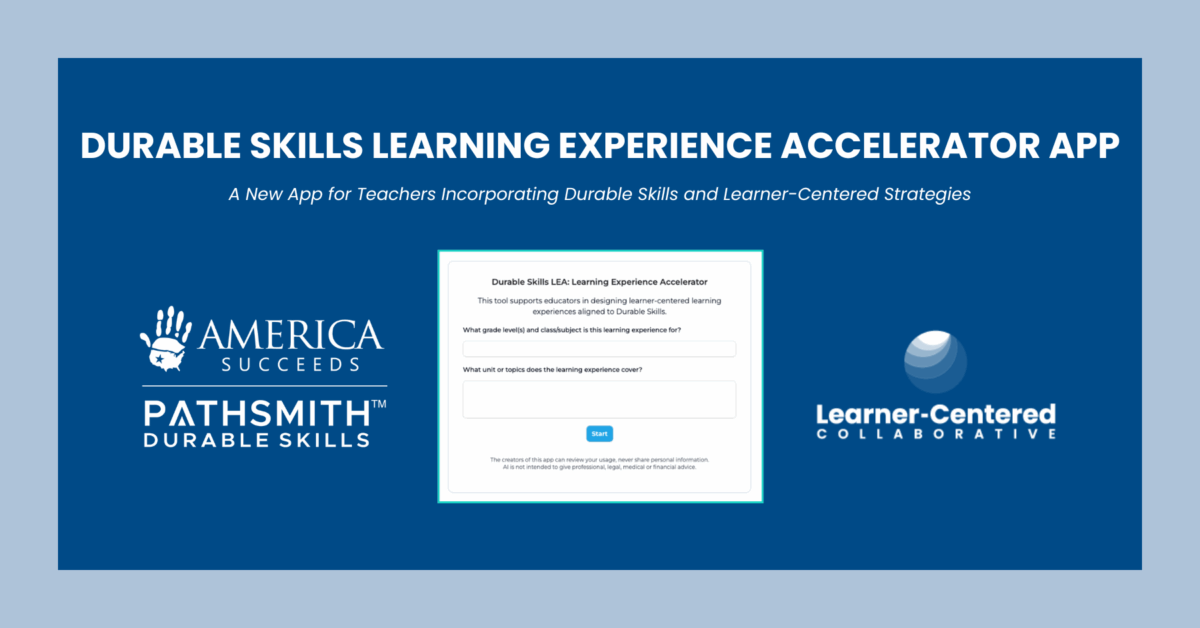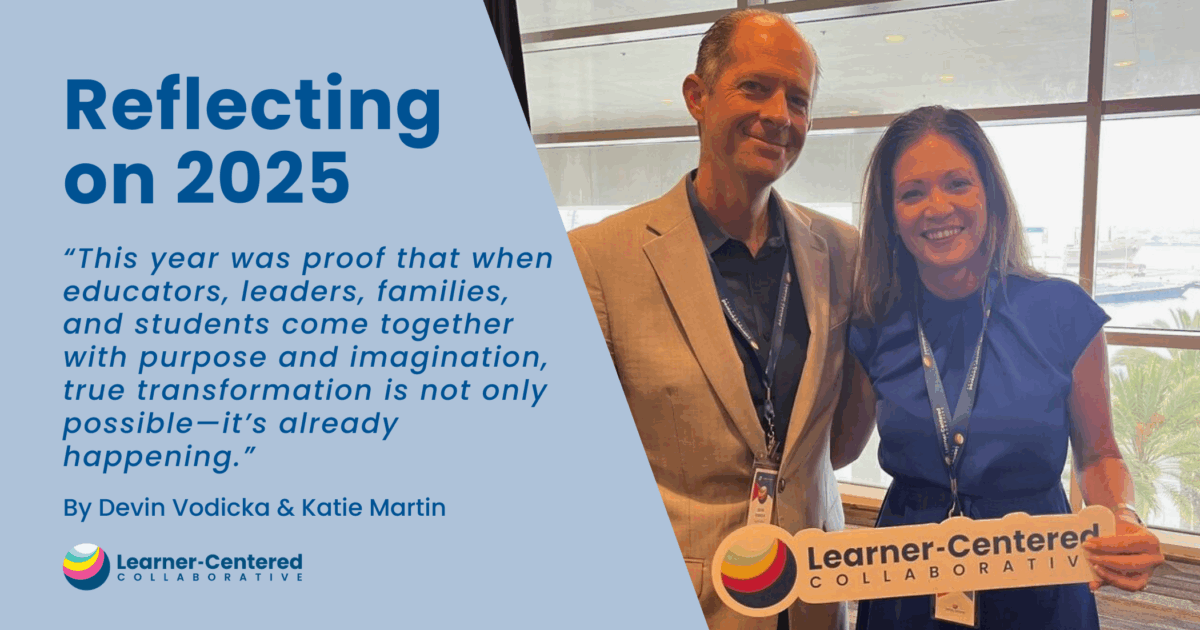Inspiration from a Learner-Centered Classroom: 4 Ideas To Try This Year
Kelsey Simpson is a 5th/6th Social Studies Teacher and 5th Grade Team Leader at Keys School in Palo Alto, CA. She’s sharing a few high-impact practices and examples that foster agency and empower learners to flex their strengths and pursue their interests.
The start of each school year brings so many possibilities and strategies to work in, but how many aim to get your students at the center? Here are 4 strategies and curriculum ideas from my classroom to put learners at the center.
1. Our Classroom: Student-Created Class Jobs
In the first few weeks of school, I focus on letting students know that the classroom space is our collective space. This means that we all play a part in making it the best it can be, this includes class jobs. The twist here is that I don’t have a list of predetermined jobs, I let students notice, suggest, and define what the jobs should be. If students are having a tough time, I start by suggesting a few jobs that I know are needed; this gets them going. They begin to notice and suggest other helpful jobs. This past school year, we had someone responsible for distributing hand sanitizer before entering the classroom, a team of two to distribute materials, someone to go to the office to drop things off or ask for more supplies, someone to make sure all the computers are plugged in at the end of the day. Some jobs I release later in the year after students have demonstrated their ability to be responsible in the roles that they’ve already defined. This past year, that included the seat selector (makes the seating chart– with feedback & final approval by me). There are many ways that you can assign jobs: a rotation, monthly application process or whatever works best for the students you work with.
2. All Identities Welcomed: I Am From Poems
When I was in my teacher ed program we wrote I Am From poems. I was blown away by how this format of poetry afforded me such a beautiful look into the identities and lives of classmates I was just meeting. I decided it must be a part of my practice in the classroom, but I wanted to add an additional creative element for students. I tasked them with creating an artifact from a stanza of their poem that brought it to life. Keeping the options open meant that students gravitated to mediums that they felt comfortable with and the result is that all students felt excited to share their artifacts. Each year, I write a poem and create an artifact too. It’s a great way to share yourself with your students and let them share with one another. We have many new students join in 6th grade and this project allows us to reflect upon our own culture before studying others.
Explore more ways to elevate student voice in the blog post, 3 Ways to Include and Amplify Student Voice
3. Choice Matters: Changemaker Graphic Novels
Research skills are essential and how we convey what we know matters. In this annual project, we have some metacognitive discussions about what it means to be a changemaker, we examine different resources and ultimately, students generate the criteria for what qualifies as a changemaker. This gets at higher-order thinking as well as puts students in a position of justifying their position—an opportunity for quick formative assessment. Students then choose a qualified changemaker to research and inform others about. With choice, students are more invested in the outcome. We spend time storyboarding, thinking about how we can tell a story with captions, dialogue and images. This is a great collaboration with the art teacher and Self-Science teacher (our school counselor), to discuss character traits of our chosen changemakers and ourselves. The final product is in an eReader format, with narration by the author!
Get tips from more educators on how they bring learner-centered practices into their learning communities. Watch now
4. Highly-Creative, Teamwork-Driven Class Collab: DIG project (from InterAct)
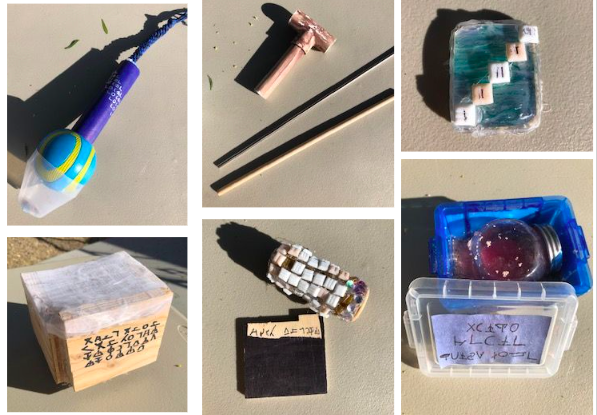
To conclude a year learning about ancient civilizations, each class creates a civilization with the framework of culture universals (facets of civilization that all cultures exhibit). The class works together to brainstorm, modify and finally solidify a civilization & culture that almost feels real with all the detailed thinking that has gone in. Now students will work in teams to create an artifact that represents their chosen culture universal (ex: economics, ideas about the unknown, arts & aesthetics, family & kin, recreation, political organization, etc.). This allows students to be creatively in the driver seat, with eager excitement that these artifacts will be found by another class and interpreted. This project, driven entirely by students, allowed me to understand their critical thinking skills, ability to work in groups and creative expression. The stories of their civilizations were elaborate and even featured elements of social commentary. It was a work of collaboration, creativity and detective work as each class tried to uncover what the other class’s created civilization, culture and values were when they unearthed their artifacts. With students clearly in the driver’s seat, a comprehensible objective and timeline, students were guiding their own learning.
As learner agency grows in your classroom, students will surprise you and themselves with what they are truly capable of. Best of luck this school year!
We’re collaborative, which means we love sharing! Get in touch with our team to learn how you can be part of our learner-centered community.
